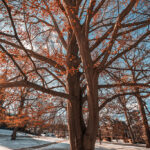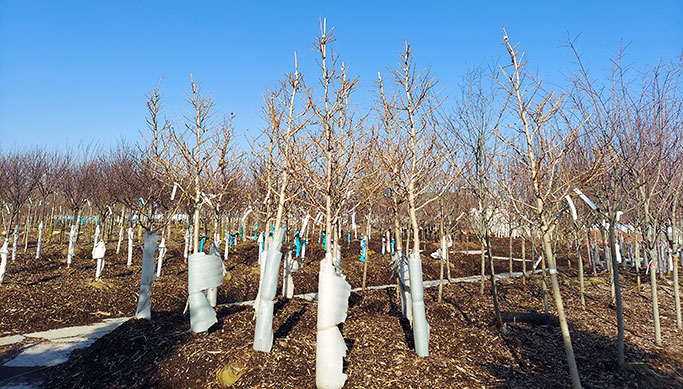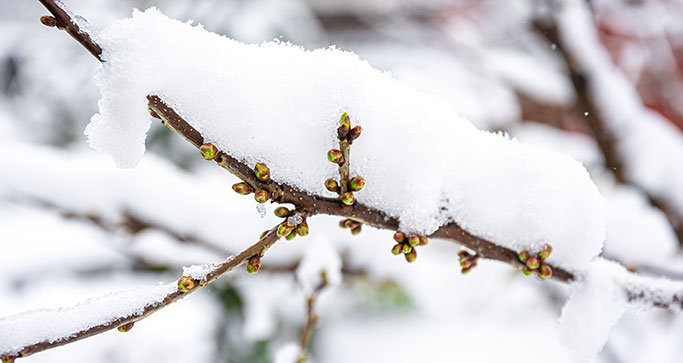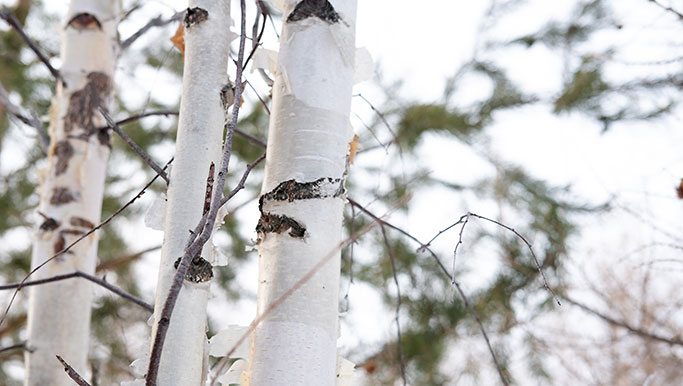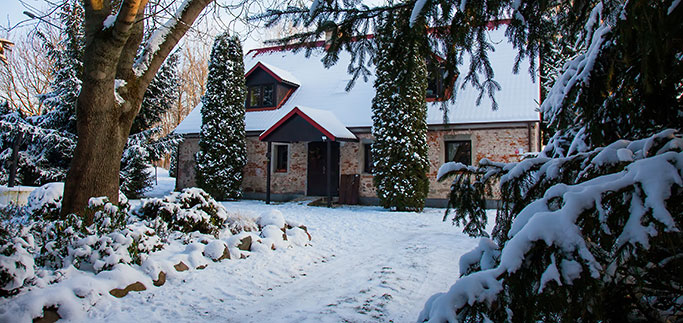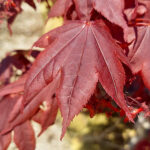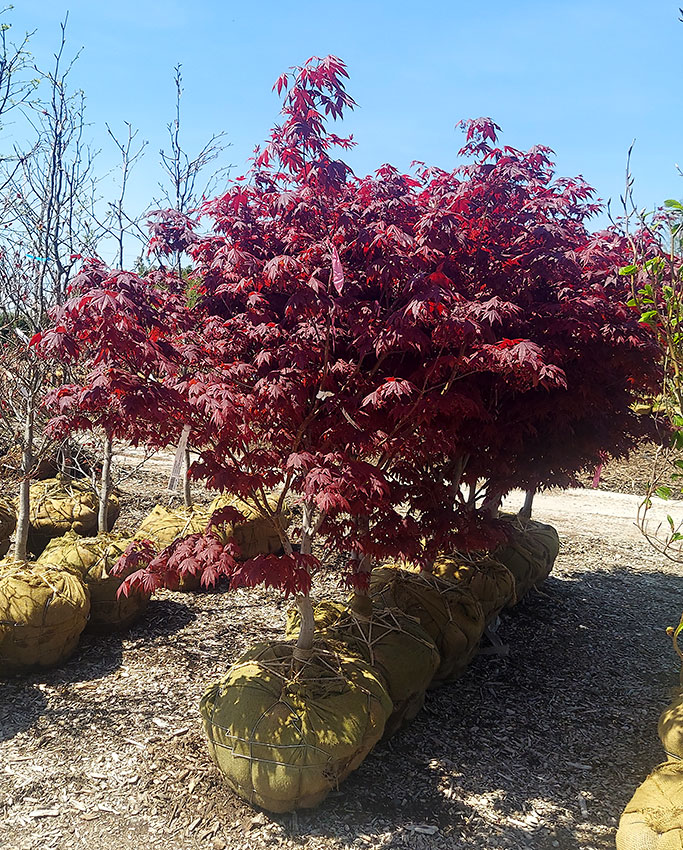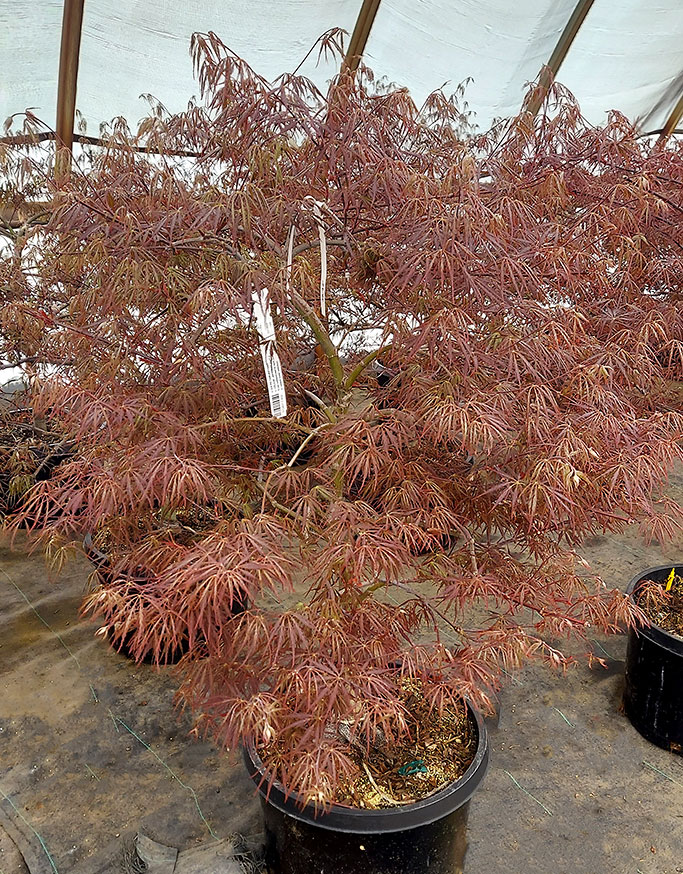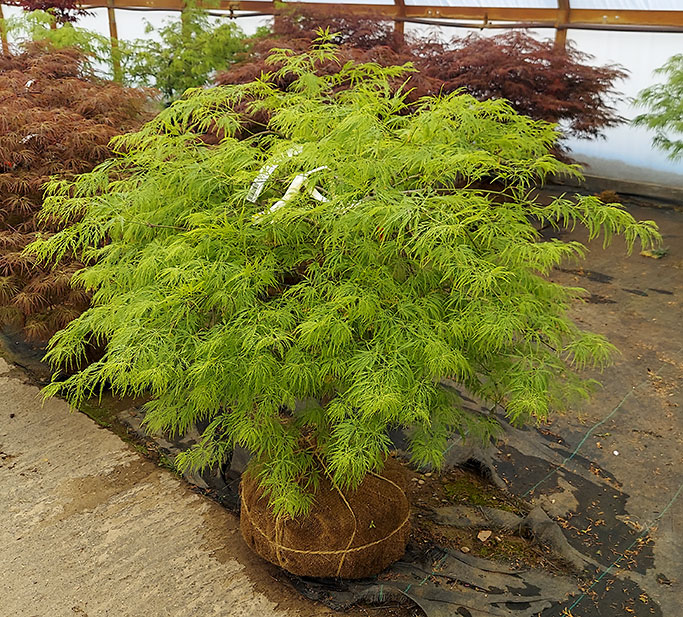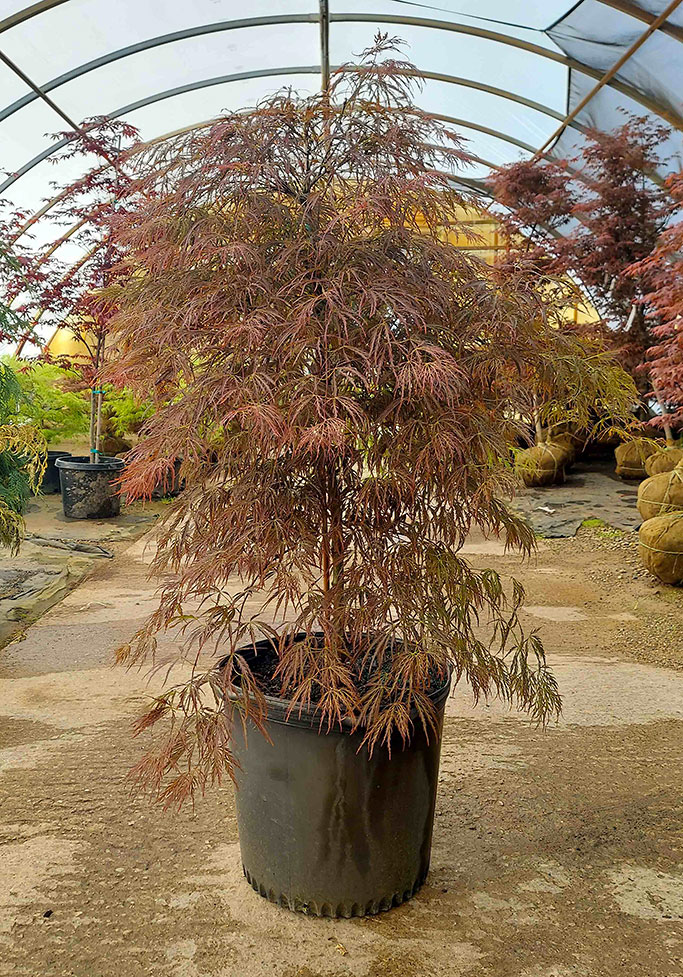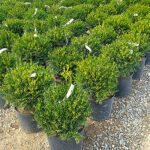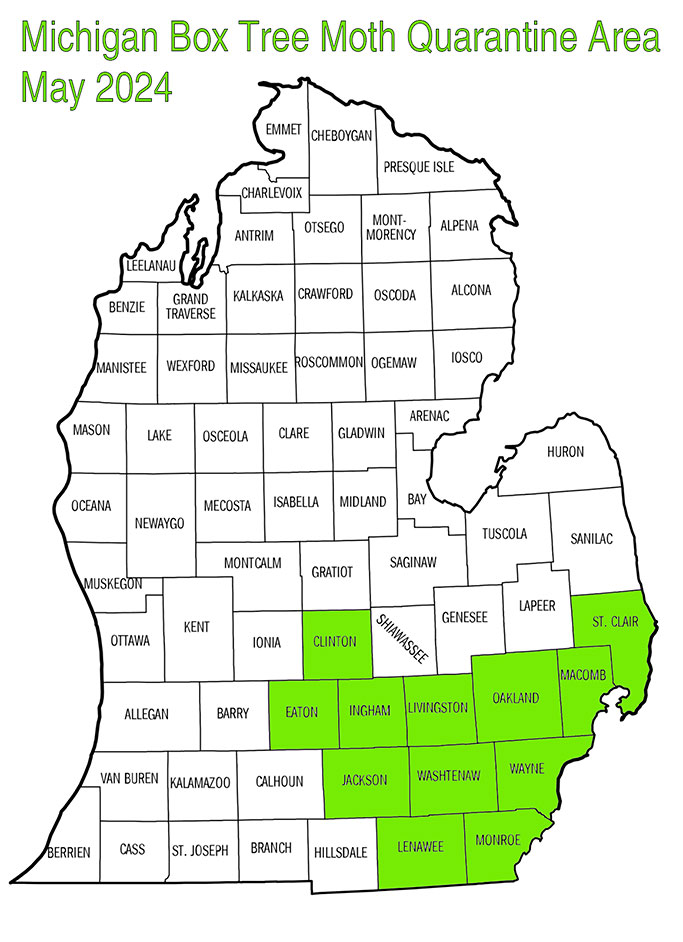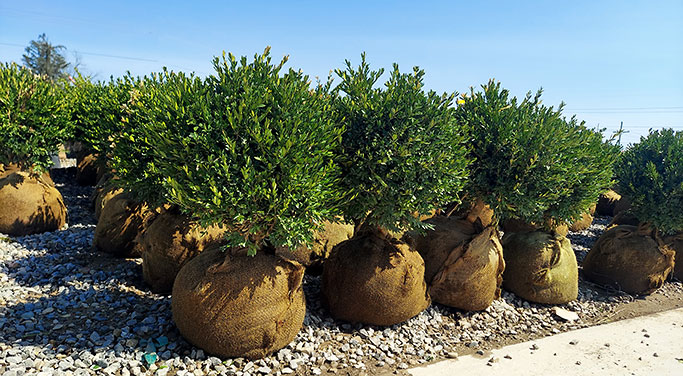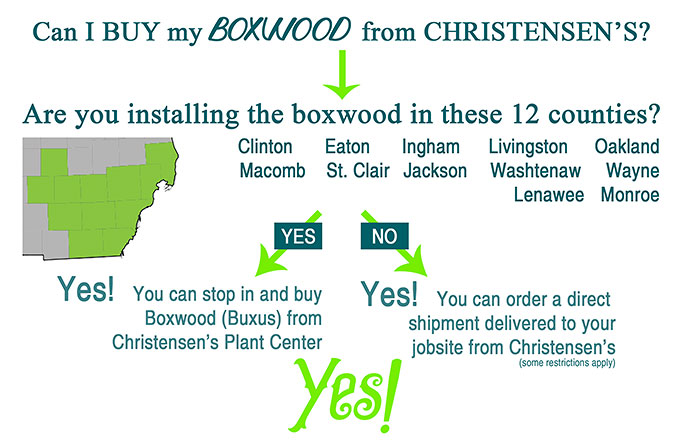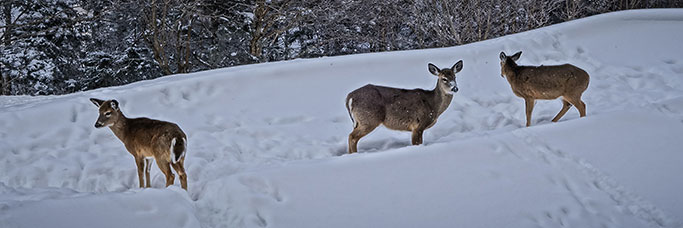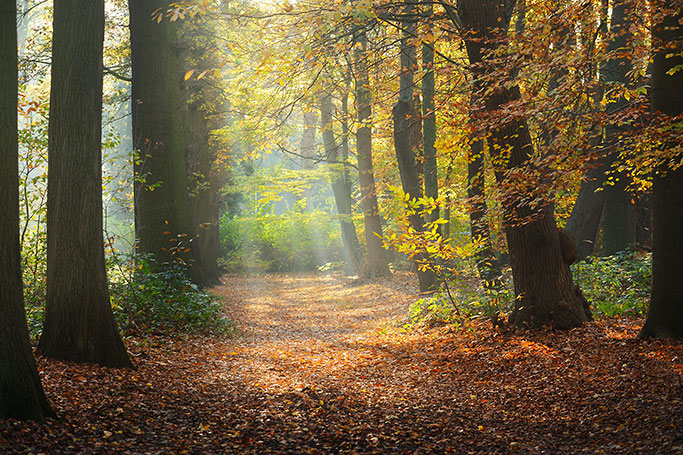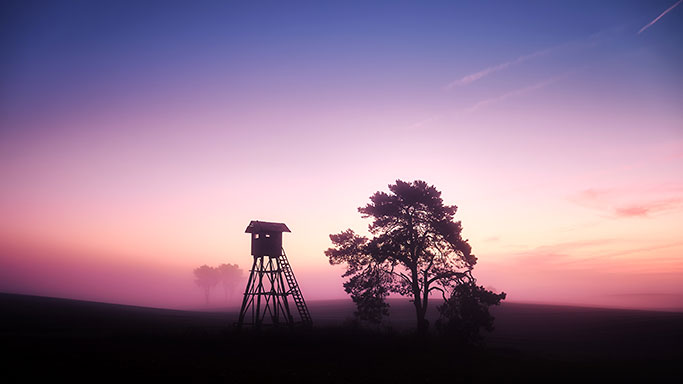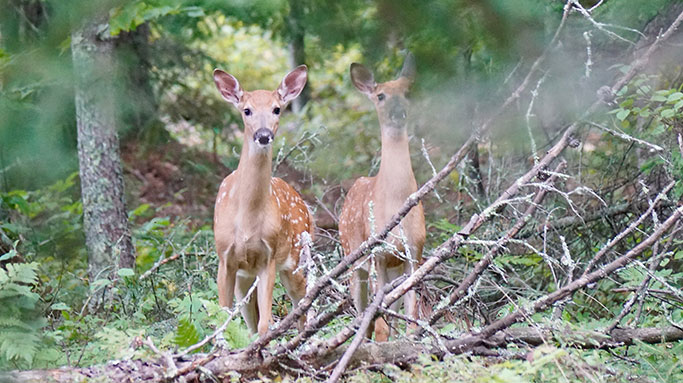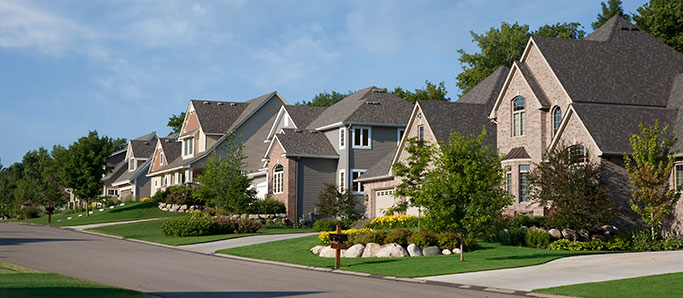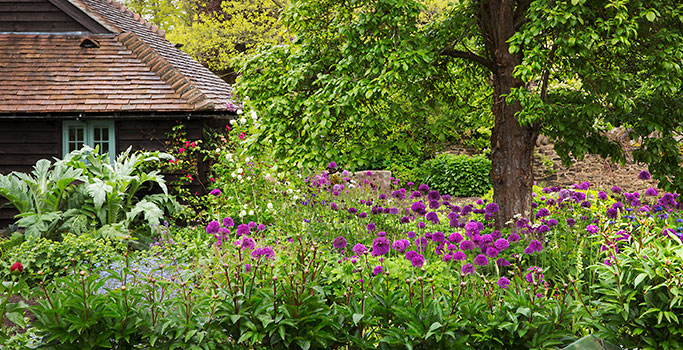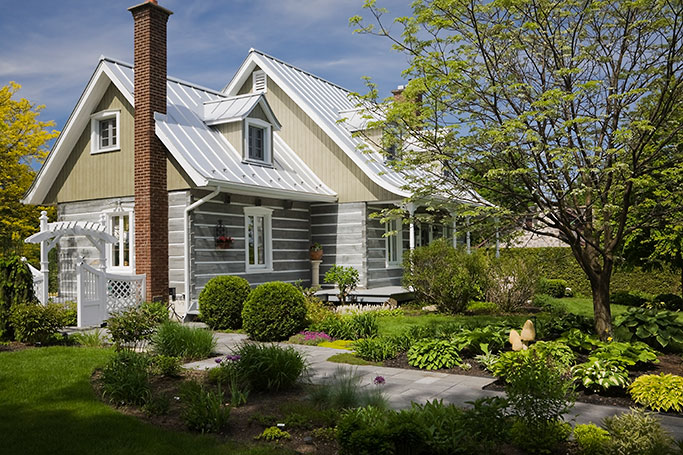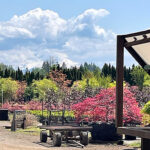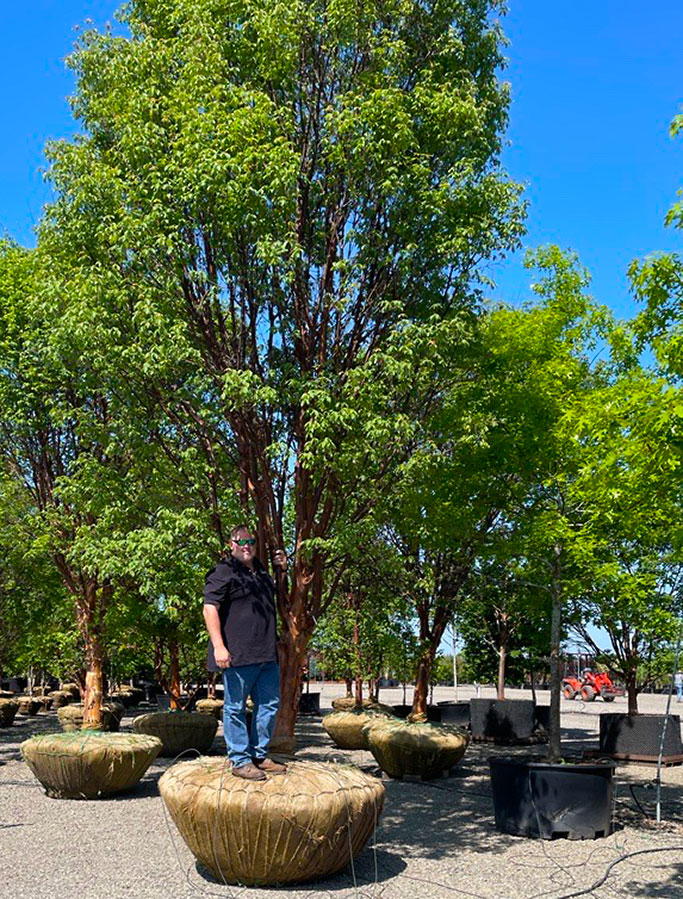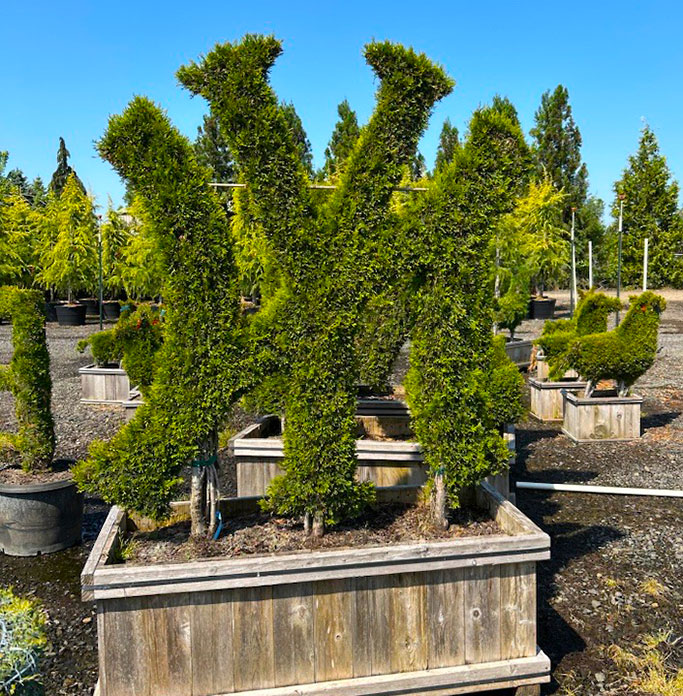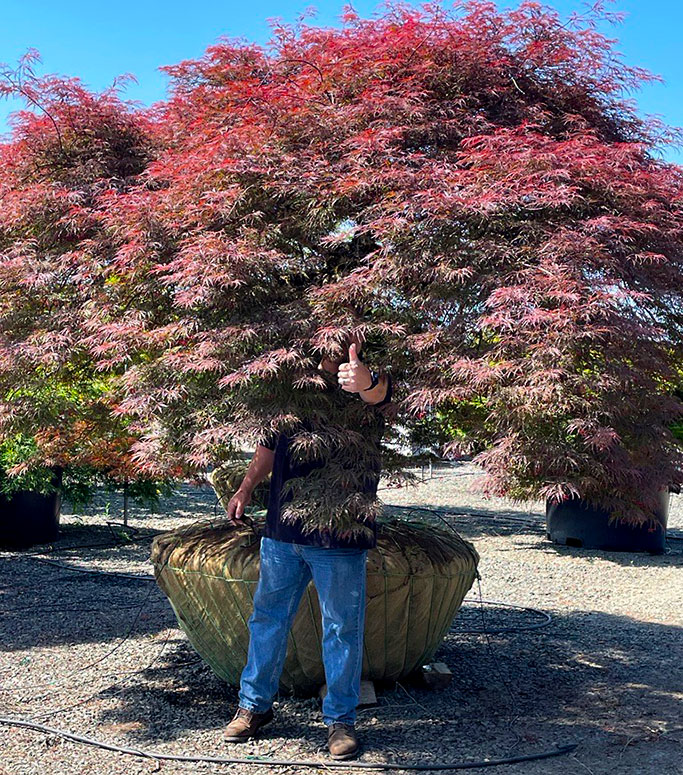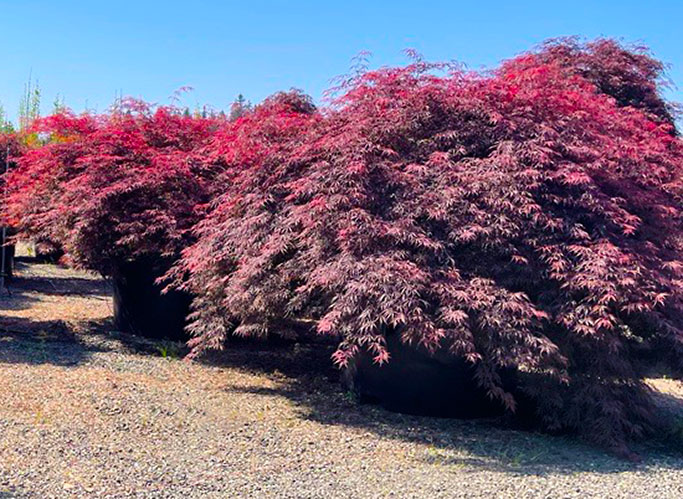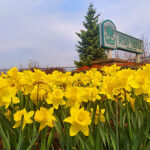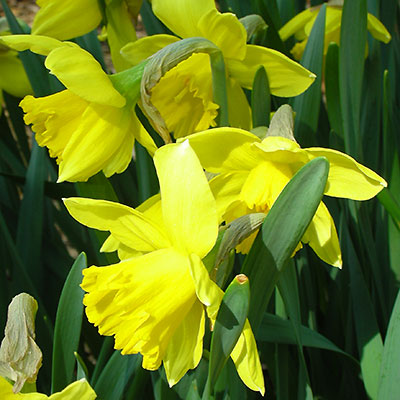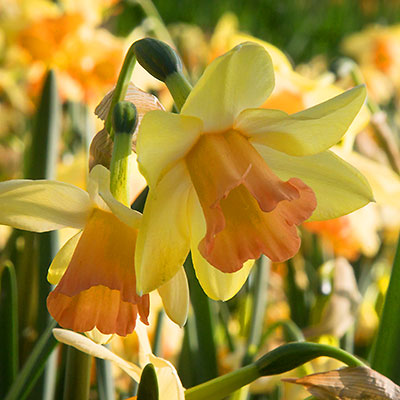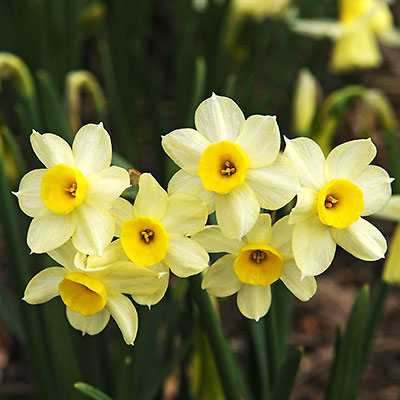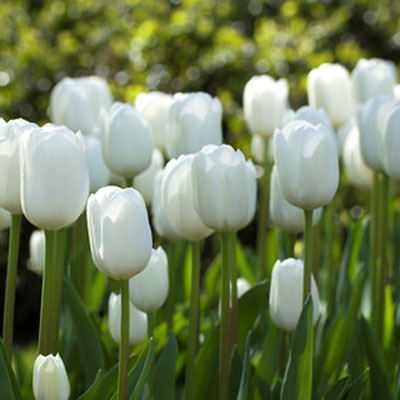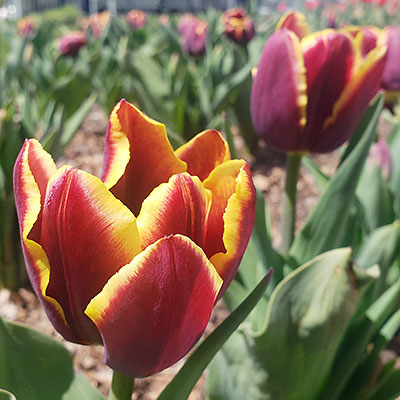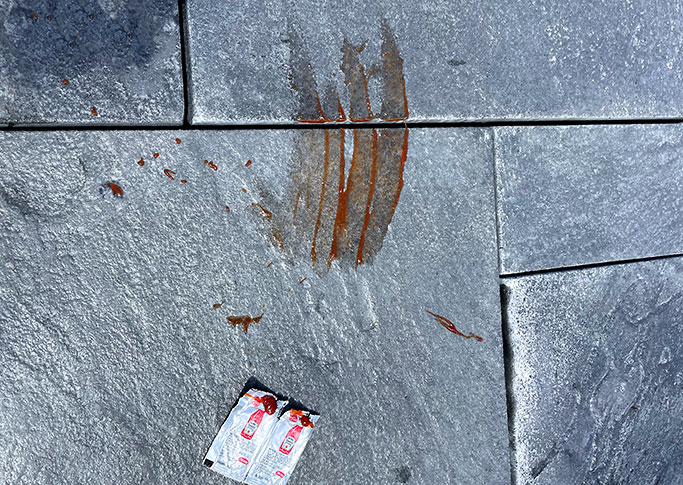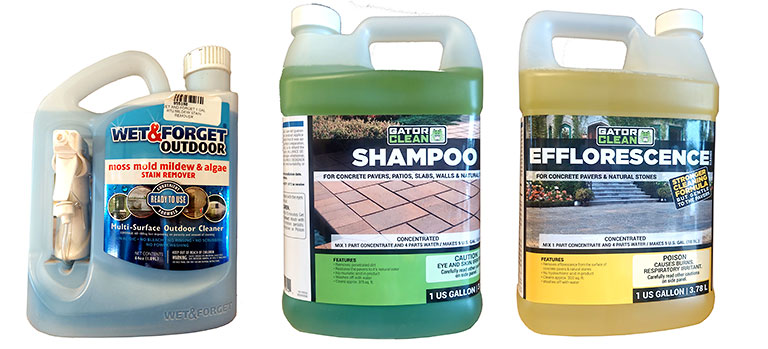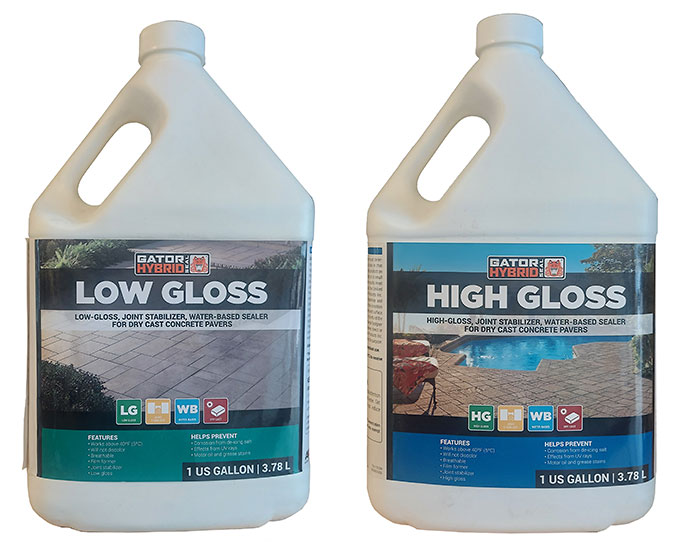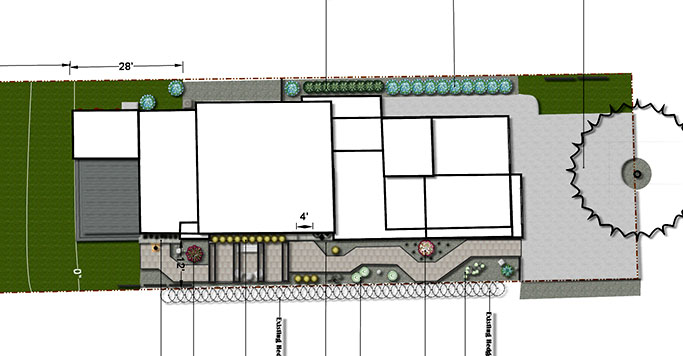By Beth Rowley of Alluring Landscape Design
There are so many reasons for individual homeowners, and hardscape or landscape installers to use a professional landscape designer when it is time to create an outdoor space.
Some of the best hardscape and plant installers I know have an artistic eye and can create beautiful outdoor areas. Can those incredible spaces be done without professional input or planning of some type? Sure, but only considering the aesthetic can have detrimental downsides. For example, installing the wrong paver on a driveway can result in broken pavers and unhappy clients. Installing the wrong plants can mean dead plants, the wrong balance of plants, or plants that outgrow the space they were intended for.
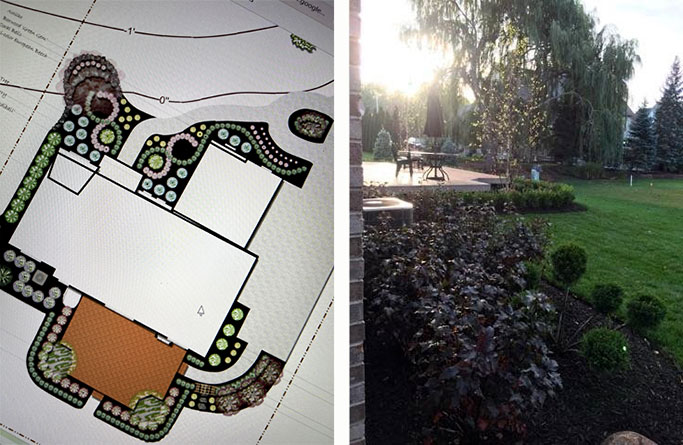
Design by Beth Rowley at Alluring Landscape Design. Installation by Executive Property Maintenance
While it might seem quicker to just show up on a site with a truckload of random plants and start installing them on a property, there is a higher chance of failure. If you’re providing a warranty on those plants, that is money out of your pocket in time, manpower, and loss of installation time on another site that could be making you money.
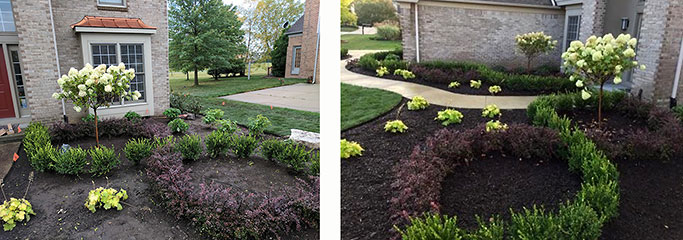
Design by Beth Rowley at Alluring Landscape Design. Installation by Executive Property Maintenance
Everyone has their favorite part of an installation. Whether it’s hardscape or softscape, we all have our opinions on what’s most important. While I love a good hardscape, I am most passionate about plants. But as a professional designer, I realize that the plants I use can be made to look more impressive if they are incorporated with a good hardscape. The reverse is also true. The simplest hardscape design and installation can be better when plants are added to showcase its structure, use, colors, etc. It’s my job to sense the whole picture and meld both of those items for the best result. Melding both is how the best designs are created. Then, of course, professional designers can add lighting, pots, structures, and many other design elements to step it up to the next level. A professional designer always keeps the big picture in mind and never just focuses on one aspect of the outdoor space.
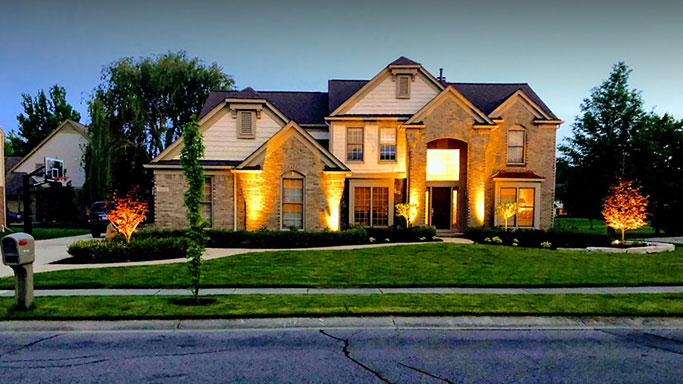
Design by Beth Rowley at Alluring Landscape Design. Installation by Executive Property Maintenance
The best designers listen to the clients’ needs and wants and work to achieve a buildable and sustainable overall plan. The hardscape must serve the needs of the homeowner while working within the limitations of the site, building codes, and product limitations. The plant selection needs to be attractive, and long-term with the right care. That care must fit the homeowner’s ability to do the work, or their willingness to hire a pro to care for it. When selecting plants, this information can make a difference in the long-term happiness of the client.
Did you know that our industry dumps thousands of new plants onto the market each year? Using a designer that is highly trained, has hands-on knowledge and continues to stay up to date on the latest plants, problems, products, and trends can make for a better installation process and result for the entire group of people involved. Save yourself the time and headaches of sifting through all the nuances by utilizing a designer.
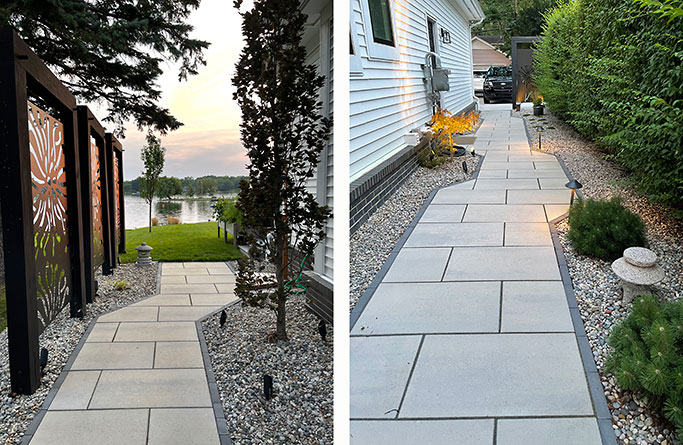
Design by Beth Rowley at Alluring Landscape Design. Installation by Atlas Outdoor
A professional design doesn’t happen in the blink of an eye. Site information needs to be collected. Client desires, lifestyle, the intended use of the spaces, etc. must be considered. Then, the design process starts. It’s a time-consuming process that needs to be thought through to meet all the criteria for all parties involved. There is VALUE in good design. I’ve owned my own design/build firm. I have worked for other firms. Now, I do freelance design for many companies and homeowners. For my entire career in the green industry, I’ve stressed the fact that designs should never be given away. There is value in good design, and it needs to be treated with that respect.
We do not expect to get free services in other areas of life so why should we devalue professional design? The people that work on our cars have trained to do this, the people that wait on tables at high-end restaurants have trained for this. You know when you get an untrained mechanic there is going to be a problem, or when the inexperienced wait person serves you a meal, the experience is likely to have a negative impact. The same is true with design. Save the headaches, the disappointments, the trips back to a jobsite for corrections or plant replacements, the loss of money and hire a professional designer up front. Without a design, or with a poor design, an installation company may have their profit margin decreased on those installations or low customer satisfaction. A rising tide raises all boats, so let’s elevate the landscape industry together.
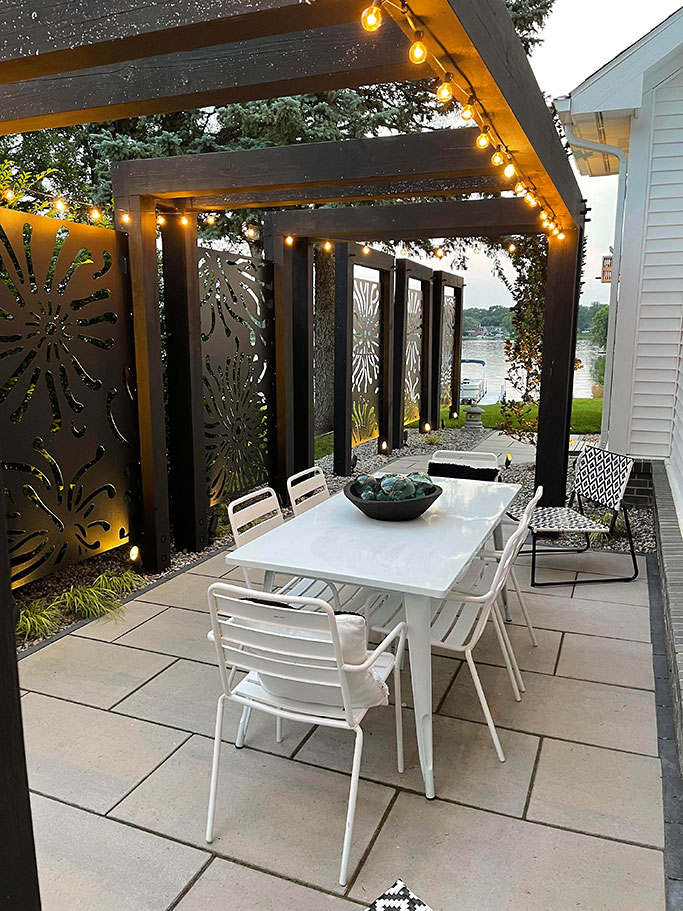
Design by Beth Rowley at Alluring Landscape Design. Installation by Atlas Outdoor. Custom pergola built by Master Builders.
If you would like to talk more about the pros and cons to professional landscape design, Beth Rowley can be reached at barowley02@gmail.com or 734-890-9386.

